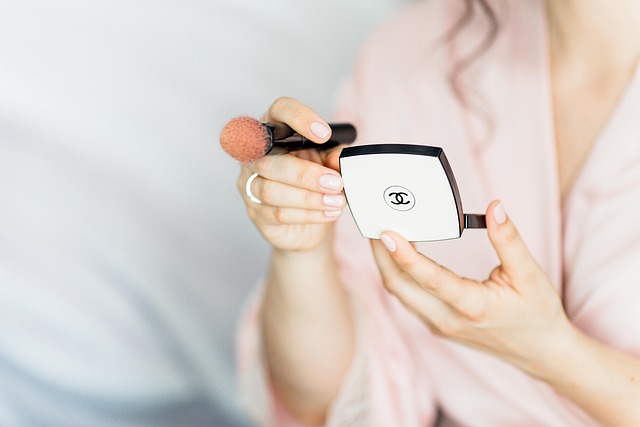When it comes to unleashing your creativity, there’s nothing quite like the satisfying feeling of rolling up your sleeves and diving into DIY painting projects. One of the most important components in transforming a blank canvas into a work of art is mastering the brush technique. This essential skill can elevate your artistic expressions and give your handcraft projects a unique and personal touch.
Brush technique is all about the way you handle your brush, the strokes you create, and how you manipulate paint to achieve different effects. Whether you’re a seasoned artist or just starting, understanding various brush techniques is key to enhancing your DIY painting journey.
Let’s break down some popular brush techniques that can add depth and dimension to your creative projects. One common method is the dry brushing technique, where you dip a dry brush into your desired color, then wipe off the excess paint. This technique creates a textured, weathered look perfect for bringing a rustic feel to any handcraft project.
Another technique to consider is the wet-on-wet technique, where you apply wet paint on top of wet paint. This allows for beautiful blending and soft transitions in color, making it ideal for creating dreamy landscapes or abstract works.
Don’t forget about the stippling technique! By using the tip of your brush and applying little dots of paint, this method can help achieve a unique textured effect that stands out in any piece. It’s particularly effective for paintings involving nature, like flowers or foliage, giving that added flair to your creative endeavors.
In every painting project, experimenting with different brush techniques is essential. It’s like being a chef who blends flavors; by using the right tools and methods, you can concoct a masterpiece that resonates with your creative spirit. The brush you choose can dramatically impact how your paint applies. Round brushes are perfect for fine details, while flat brushes can cover larger areas efficiently. Fan brushes, on the other hand, can be transformed into delightful textures with a little practice.
In the world of DIY painting, the most rewarding aspect is the journey itself. By taking the time to master various brush techniques, you not only improve your painting skills but also cultivate a deeper connection with the art you create. So gather your supplies, choose your colors, and remember that every stroke can lead to a new discovery. Embrace the imperfections, revel in the messiness, and enjoy the sheer joy of crafting your unique vision on canvas.
Your creative projects are an opportunity to express your personality and perspective, and every brush stroke tells a story. So, whether you’re painting a serene landscape or a lively abstract, let your brush technique guide you on your DIY journey. Who knows what beautiful artwork awaits you just around the corner?
